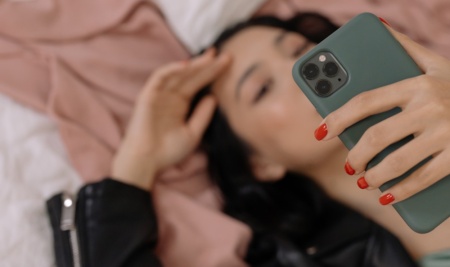
The little camera in your phone has a superpower: it can see things that our eyes can’t. Night Sight mode (and others like it) is a super step forward for smartphone photography and an example of how our pictures are getting super fake.
Over the past few years, the situation has only worsened. Even budget models are equipped with a “smart” camera that can draw on the fly. Is everything really that bad? Or vice versa – is this the right technological direction?
“At night for the past few weeks, I’ve been wandering around dark places taking pictures using the new $800 Google Pixel 3 mode called Night Sight. Friends in a candlelit bar look like they brought in a lighting crew. Dark streets are drowned in red and green tones. The northern cityscape lights up like it’s still evening. It goes way beyond Instagram filters.” – Geoffrey A. Fowler is a technology columnist for The Washington Post
Fake photos
It’s true – you don’t look like your photos. Photography has never been limited to capturing reality, but the latest phones increasingly allow you to take photos in the “invisible range”.
Course
BUSINESS ANALYST IN IT
Master the profession of a business analyst in IT and earn from $700 at the beginning of your career.
REGISTER!
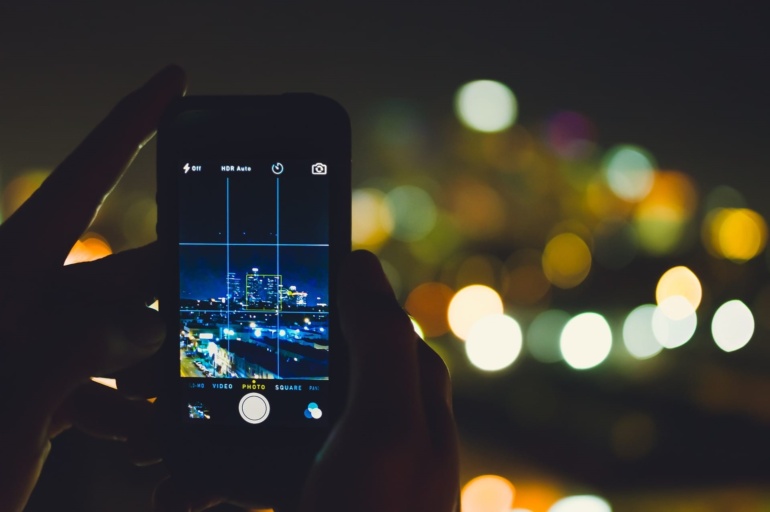
AI (Artificial Intelligence) has become a major player in the field of mobile photography. It is thanks to him that the photos look as if they were processed in Adobe Photoshop. Bright, beautiful, often unrealistic.
But that’s not the point. Phone makers brag about how cool their photos look, not how realistic they are. The “portrait mode” of the iPhone (and any other phone) applies artificial background blur and identifies facial features to reduce red-eye.
Selfies on phones that are popular in Asia will automatically “smooth heads”, brighten eyes and smooth skin. Many phones use a technology called HDR, which combines multiple shots to create a hyper-toned version of reality.
“When I recently took the same photo of a sunset on the 2014 iPhone 6 and this year’s iPhone XR, I was stunned by the difference—the new iPhone shot looked like it was painted in watercolor.” – Geoffrey A. Fowler is a technology columnist for The Washington Post
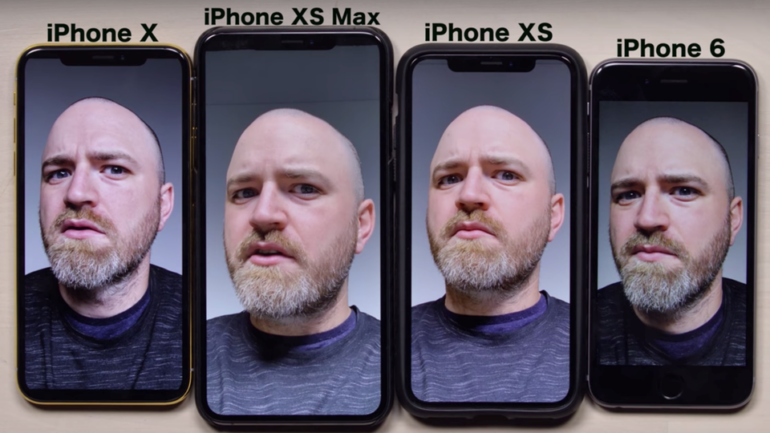
No, you don’t really look like that. Older phone models render images more realistically. Source: TheAtlantic.
Smartphones have democratized photography for 2.5 billion people — before taking great photos required specialized equipment and user guidance.
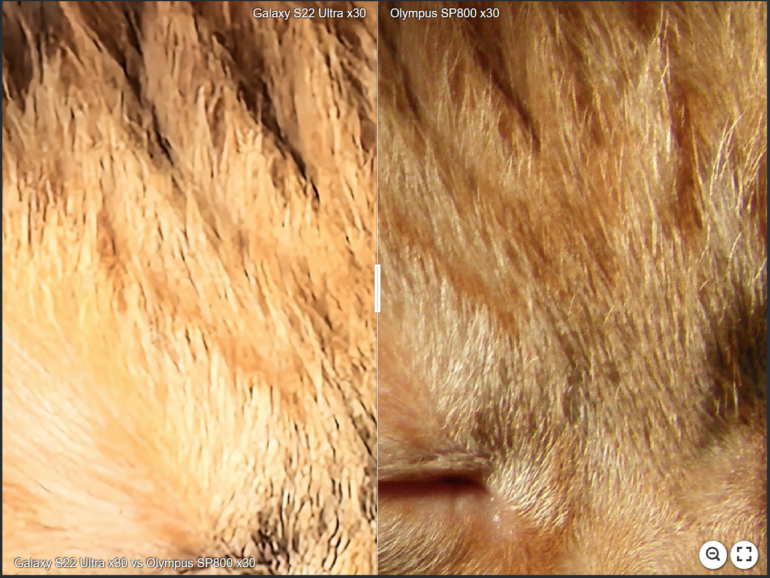
Using 30x real-time zoom (no software cropping). Review from ITC.
Now, artificial intelligence and other advances in software are democratizing the creation of beauty. Photo editing no longer requires Photoshop skills. Now, when they are shown a picturesque view or a face, the phones’ cameras connect to the algorithms. They are trained on what they like to look at and output preset images.
The phone has really high-tech software, not a large and high-quality sensor. Think of your camera less as a reflection of reality than as an artificial intelligence trying to make you happy. This is fake.
Software
Taking a picture on a phone is not the same as sending light through a lens to a sensor. Of course, this equipment is still relevant and has improved over the past decade.
But increasingly, it’s the software, not the hardware, that makes our photos better.
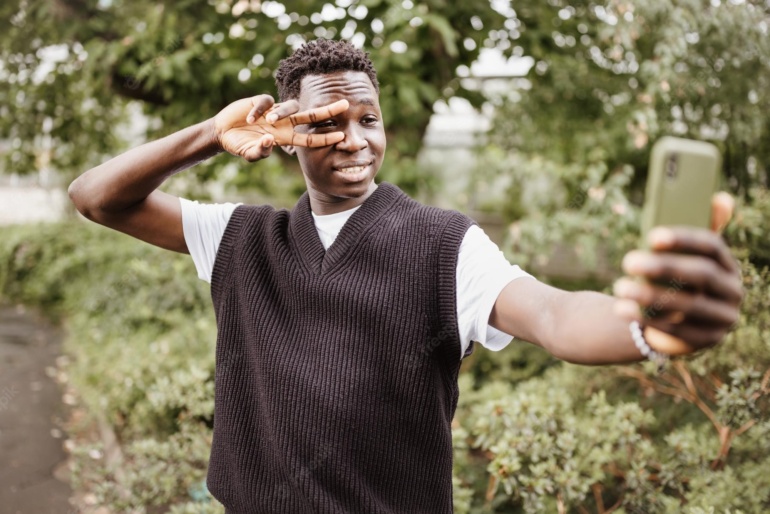
“It’s an exaggeration, but it’s true,” says Mark Levy, a former Stanford computer science professor who once taught Google founders Larry Page and Sergey Brin and now works with them on camera projects.
Liv’s work is based on the size limitations of a smartphone. Phones can’t accommodate large lenses (and sensors underneath) like traditional cameras, so manufacturers have had to find creative ways to compensate. There are methods that replace optics with software. For example, a digital combination of several pictures into one.
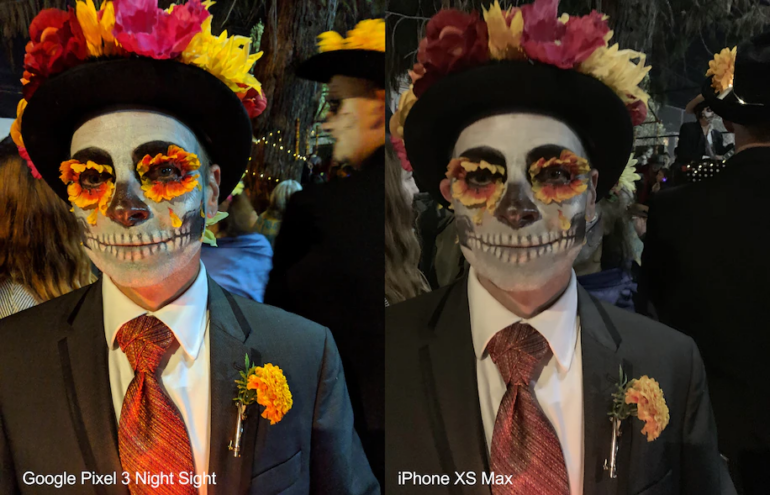
All new phones from Apple, Samsung and Huawei also use it, but “We are betting on software and artificial intelligence,” says Levy. This allowed Google to explore new ways of creating images.
With Night Sight, Google’s software pushes itself to the limit by taking up to 15 low-light photos and blending them to brighten faces, deliver sharp details and rich colors in an eye-catching way. No flashes occur – they artificially enhance the already existing light.
Anyone who has tried to shoot in low light with a traditional camera knows how hard it is not to take blurry photos. With Night Sight, even before you press the button, the phone measures your hand shake and movement in the scene to determine how many shots to take and how long to leave the shutter open. When you press the shutter, it prompts you to “freeze” and shoots for up to six seconds.
Over the next second or two, Night Sight breaks all of its frames into a bunch of tiny pieces, aligning and combining the best pieces to create a finished image. Finally, AI and other software analyze the image to select colors and tones.
Night Sight had some difficulty focusing and in scenes with little to no light. Both you and your subject really have to hold this pose. But in most of my test shots, the result was fantastic. Portraits smooth the skin while maintaining the sharpness of the eyes. Nightscapes highlighted hidden details and colored them like Willy Wonky’s chocolate factory.
The problem is how does the computer choose the tones and colors of the things we see in the dark? Should it display the starry sky as dusk?
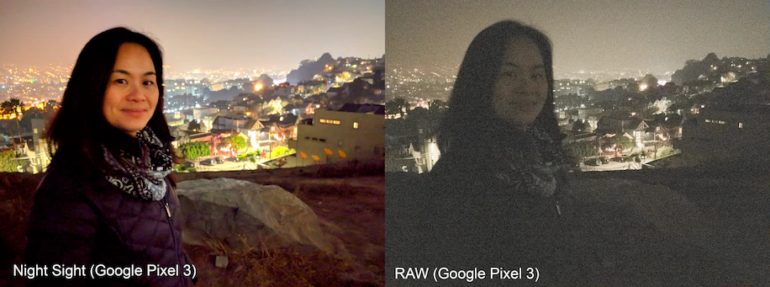
“If we don’t see him, we don’t know what he looks like,” says Levy. “There are a lot of aesthetic solutions. We made them one way, you can make them another. Maybe these phones will eventually need a “What I See” button instead of a “What’s Really There” button.
Forgery and deception
So, if our phones create colors and lighting for our enjoyment, does that really count as photography? Is it computer graphics?
What does the word “fake” even mean? Professional photographers have been making adjustments in Photoshop for a long time. And before that, the creators of the film adjusted the colors for a certain look. This could be an academic problem if we weren’t talking about a hobby.
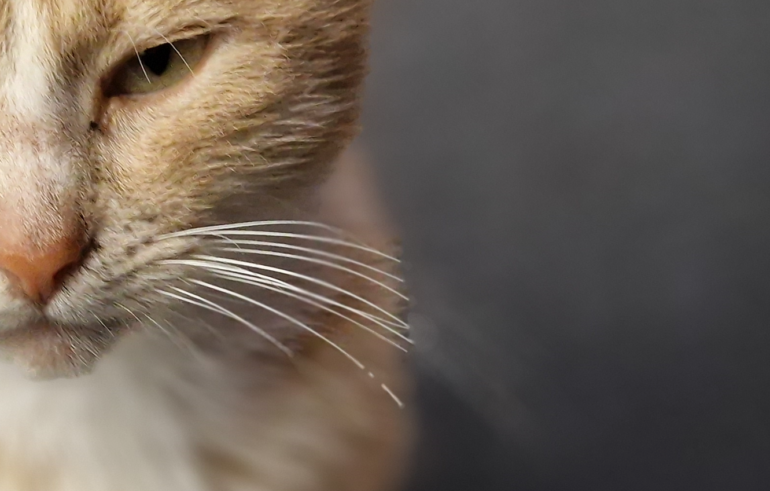
The AI decided that to a cat mustache is no longer needed. Review from ITC.
How far will phones remove our photos from reality? What software can teach us to think this looks normal? What parts of an image do we allow computers to edit?
In a photo of the White House that I took without night vision, I noticed that the Pixel 3’s algorithms trained to smooth out imperfections were actually removing architectural detail that was still visible in the iPhone XS photo.
At DxOMark, a camera measurement firm, the question is how to even score images when they are interpreted by software for features like facial beauty.
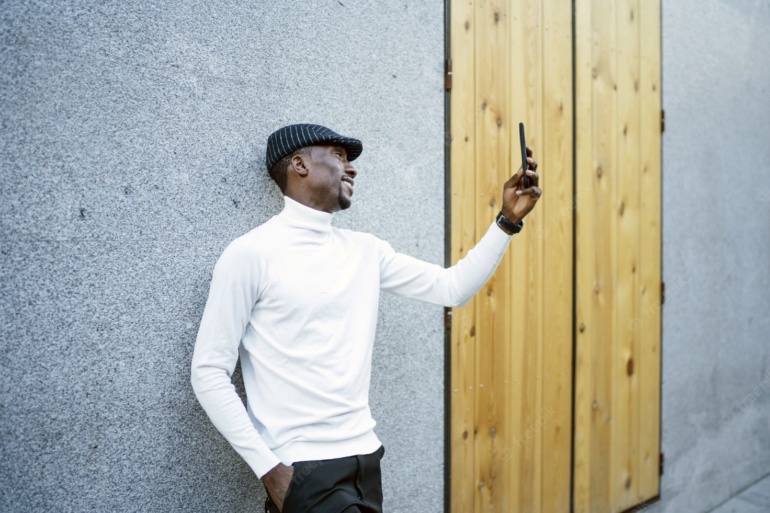
“Sometimes manufacturers go too far,” says Tushar. “Usually we say it’s okay, as long as they haven’t destroyed the information, if you want to be objective, you have to see the camera as a device that captures information.”
On another note, I called Kenan Aktulun, founder of the annual iPhone Photography Awards. Over the past decade, it has studied more than a million iPhone photos, which participants are advised not to edit heavily.
“The line between digital art and photography gets really blurred at some point,” Aktulun says.
Ultimately, he welcomes technological improvements that make the photo-making process and tools invisible. The advantage of smartphone photography is that it is available to everyone. One button and you’re there.
Conclusions
Smartphone photos are beautiful and accessible to everyone. This is the main thing. Almost no one cares about their unrealistic nature. Before the “expansion” of AI in phone cameras, people actively used filters and still made realistic photos look fake.
The majority of the population does not care that the grass in the photo has become too green, the gloomy blue sky has completely faded and become brighter than on a sunny day, and the skin of the face is “applied with a tonal powder.”

People will accept a digital picture more quickly, but brighter, more beautiful than a real photo. After all, the top $1500 camera phone without AI is an inexpensive mirrorless camera of the 2007-2009 level. It is pointless not to use the strongest side of the smartphone – the software.
There is nothing wrong with that. Lovers of real and realistic photos use professional equipment as before. Arguing that the smartphone will replace the camera is pointless. These are completely different things that convey completely different “reality”.
And the availability of smartphones with AI cameras makes it possible for ordinary users, who are not familiar with high technologies, to take beautiful digital images for social networks.
Source:
The Washington Post
Material on the topic:
Samsung Galaxy S22 Ultra vs. Canon 250D: A detailed comparison between a budget camera and a flagship




